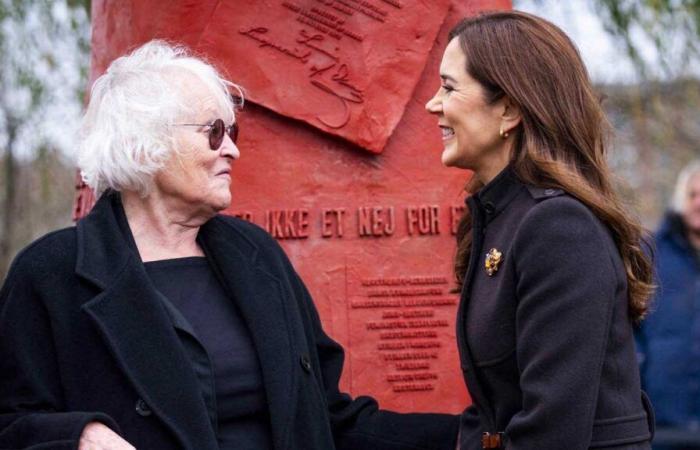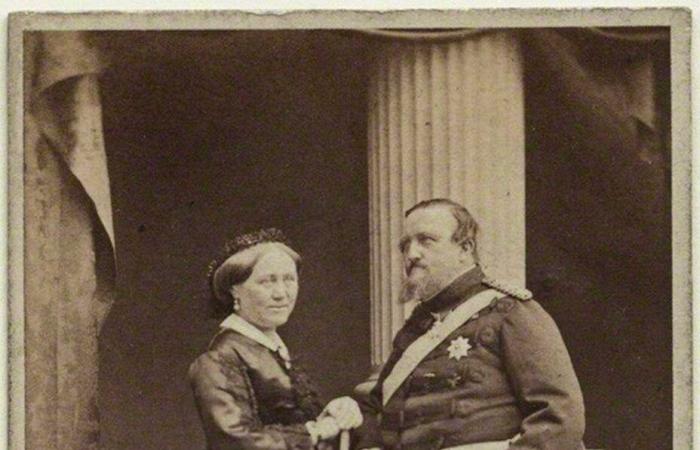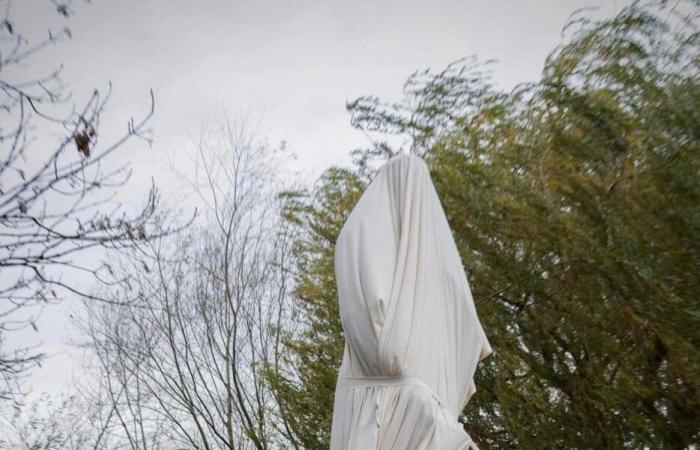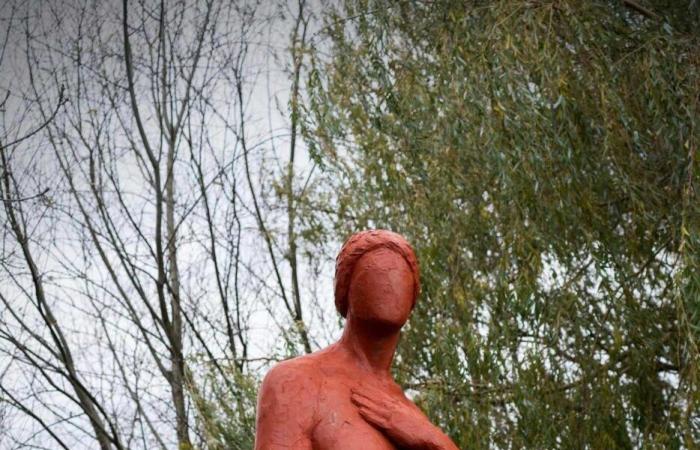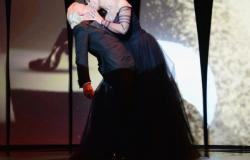This November 25, on this day of fight against violence against women, Queen Mary of Denmark inaugurated a new monument in honor of Countess Danner. The wife of King Frederick VII, a former dancer with an incredible destiny, was a great benefactor for women, children and the poor.
Read also: The first official portraits of King Frederik X and Queen Mary in civilian clothes
An illegitimate daughter who becomes the wife of a King: the incredible destiny of Louise Rasmussen
This November 25, 2024, Queen Mary of Denmark, 52, visited the Danner Center to unveil a new statue erected in memory of Louise Rasmussen, known as Countess Danner. Born illegitimate in 1815, commoner Louise Rasmussen had almost no chance of ever living at the Danish Royal Court. Forbidden to bear her father’s name due to her birth out of wedlock, Louise Rasmussen experienced a difficult childhood with her mother. In 1826, Louise was admitted to the ballet school and she danced until the birth of her son in 1841, also born out of wedlock, who was taken away from her.
After dancing, she launched into fashion by opening a boutique, which went bankrupt. It was at this time that she met Prince Frederick, son of King Christian VIII of Denmark. Frédéric had already been divorced twice. His first wife was his cousin Wilhelmina-Marie of Denmark and his second wife was Princess Caroline, daughter of Grand Duke George of Mecklenburg-Strelitz. Divorced from Wilhelmina-Marie in 1837 and from Caroline in 1846, Frederick succeeded his father on the Danish throne in 1848. He married Louise Rasmusen in 1850, despite the disapproval of those around him.
Louise Rasmussen being a commoner, she could not claim the title of Queen of Denmark. Her husband conferred upon her the title of Countess Danner. Despite the outrage surrounding this marriage, surprisingly Frederick was one of the most popular Danish sovereigns and Countess Danner was also very popular.
Also read: Queen Mary visits deaconesses to continue 160-year-old royal tradition
Queen Mary pays tribute to Countess Danner
King Frederick VII ended absolutism in Denmark, adopting a regime of constitutional monarchy. As for his wife, Countess Danner, she was involved in promoting charitable works. It also had a beneficial effect on the humor of her husband, whose eccentric behavior, his addiction to drink and his mythomania were public knowledge. After the death of her husband, Louise devoted herself to promoting social works. In 1873, the Countess established the “King Frederick VII Foundation for Poor Working Class Women”. In 1875, she founded the Danner center which allowed around fifty women to find refuge there.
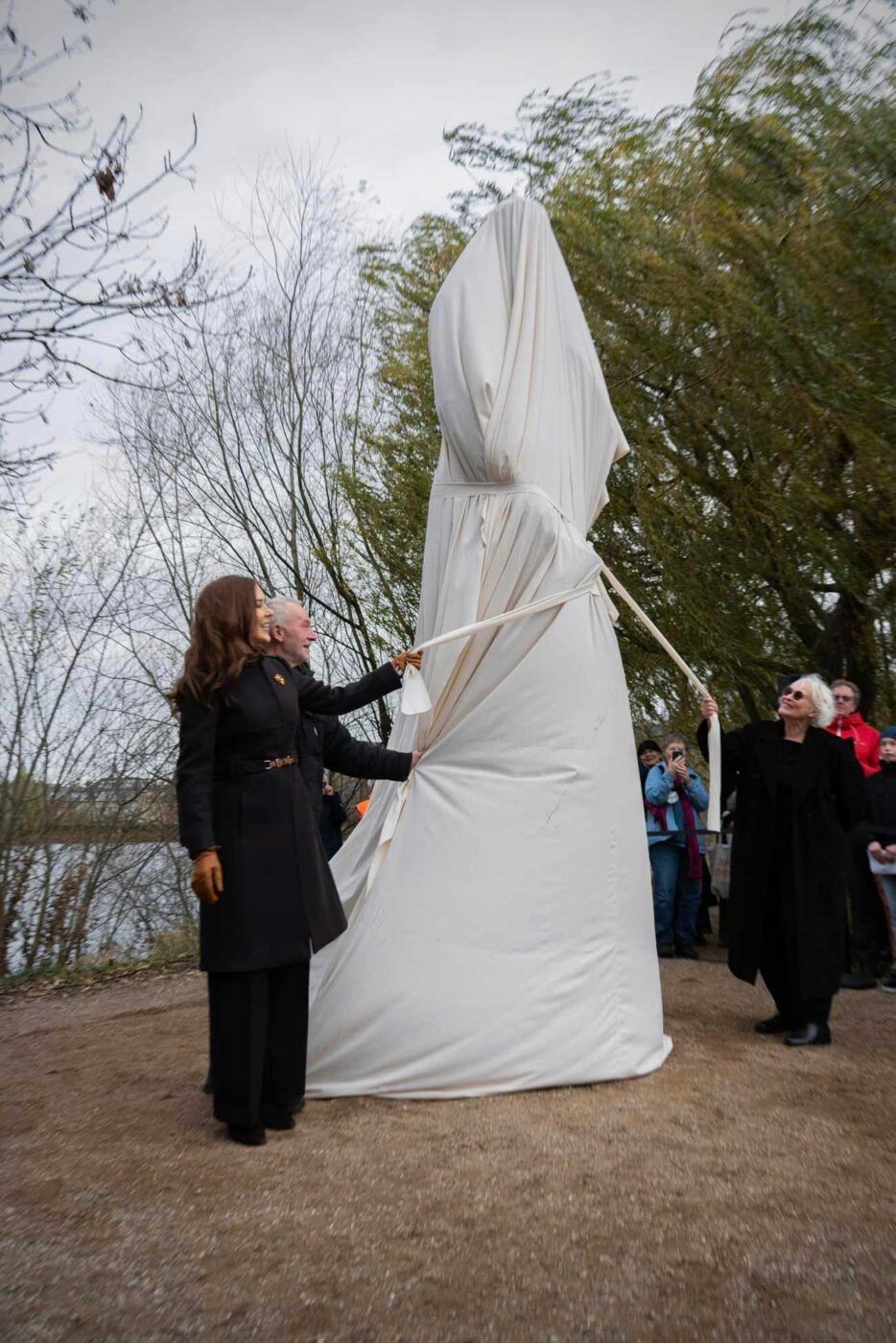
Read also: Frederik X and Mary of Denmark turn a page and announce their new awards
The bronze statue of Countess Danner was inaugurated on November 25, on the occasion of the International Day for the Elimination of Violence against Women, observed by the United Nations. More than 200 volunteers work at the Danner Center, whose mission continues Countess Danner’s initial project. The Danner Center is supported by the Mary Fonden, Queen Mary’s Foundation.
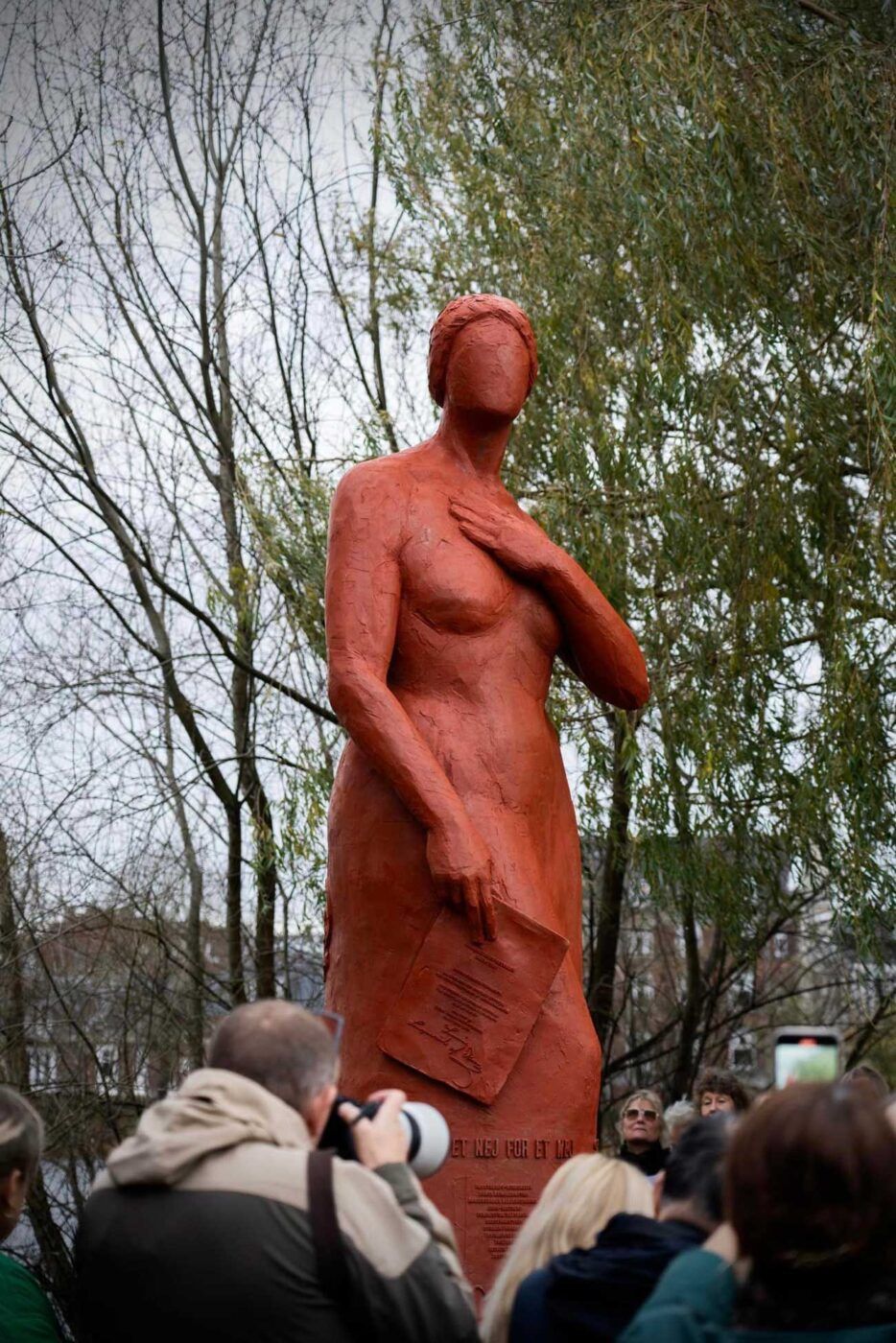
Queen Mary was accompanied by the artist Kirsten Justesen to inaugurate the statue of Countess Danner, who died in Cannes in 1874, at the age of 58. King Frederick VII had no children with his three wives and was therefore the last king of the eldest branch of the dynasty descended from the Counts of Oldenburg. However, it seems that Countess Danner had a hidden daughter with the King. His cousin, Christian IX, from the younger branch of Schleswig-Holstein-Sonderburg-Glücksburg succeeded him in 1863.

